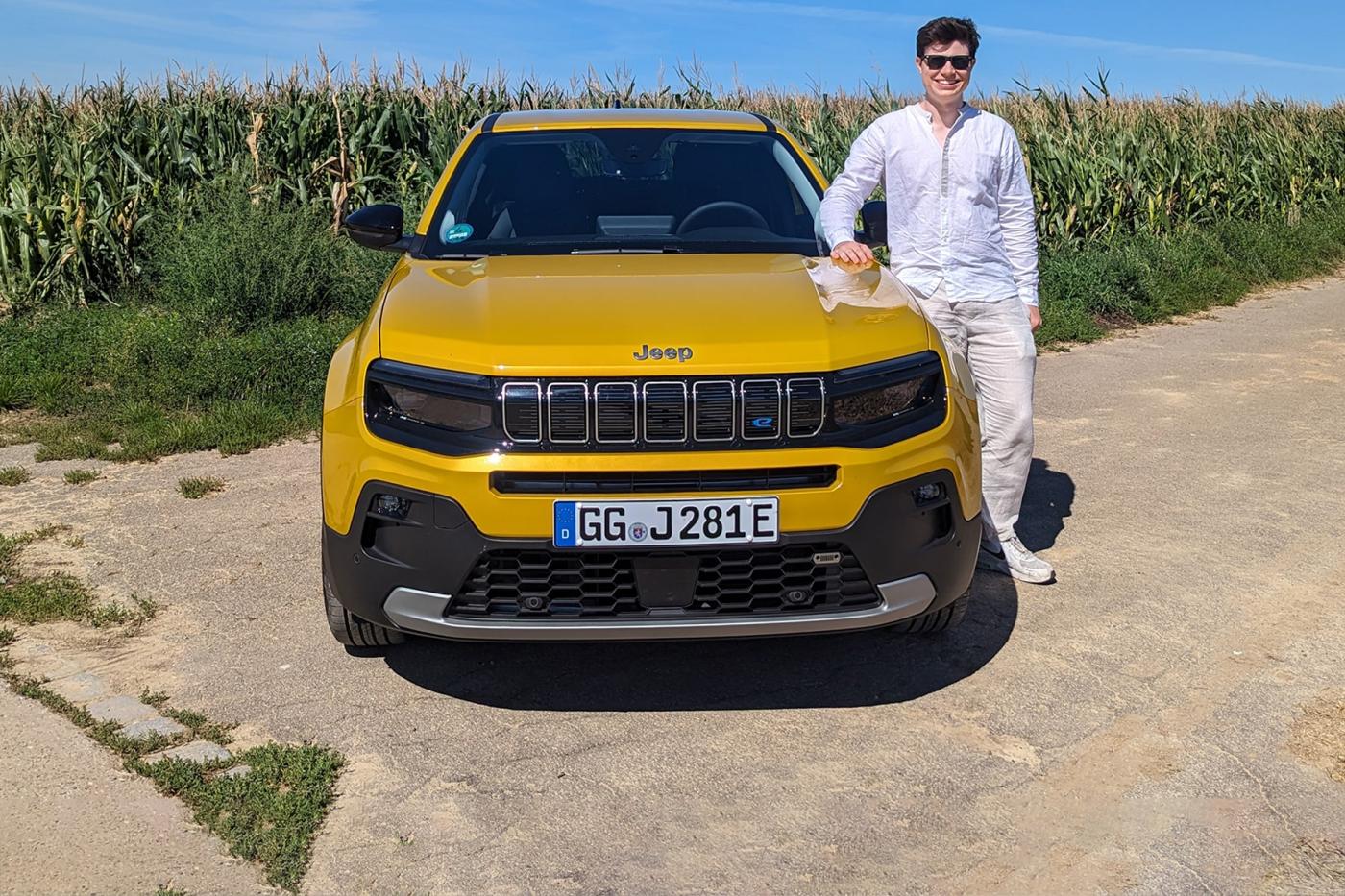
Testing the Jeep Avenger: will the carmaker’s entry into the electric era be a success?
Visually, the Avenger is clearly a Jeep. The radiator grille, the angular design, the straight bonnet, the angular headlights, and last but not least, small details such as the stargazer in the windscreen clearly show to which brand the Avenger belongs. But without the E on the number plate, most non-specialists would probably not notice it as an electric vehicle at all; accordingly, many passers-by were caught off-guard by its quietness.
Although it looks like a classic Jeep, it stands out from its brother and sister models. Apart from the design, the common feature is the high chassis clearance, while the exterior dimensions are much more compact. The Avenger is only 4.08 metres long and 1.78 metres wide (without mirrors) – smaller than all other Jeeps (even the Renegade is 16 centimetres longer). In the city, the ‘baby Jeep’ does exceptionally well. Narrow streets are no problem, nor are small parking spaces or narrow underground garages. The little speedster scurries swiftly through everywhere, and the acceleration at the traffic lights is sufficient to leave most internal combustion engines behind. On the motorway, too, the car performs well up to 150 kph.
More of a city cruiser than an off-roader
Because a Jeep should, of course, be off-road capable. So, in addition to the usual Eco, Normal and Sport drive modes, there are Mud, Sand and Snow settings. However, whether these many modes can compensate for the lack of all-wheel drive off paved roads is questionable – we opted not to try it out since we didn’t have a shovel on board. It does well on bad, steep or narrow roads. The EV’s compact dimensions and high chassis clearance make it ideal for Mediterranean countries with mogul slopes, high speed bumps and steep underground car park ramps. But especially for those moguls, we would have loved a slightly better suspension. It works very well on good roads, but some potholes can be rough. However, die-hard Jeep drivers will undoubtedly say this “ambience” is a must for the brand.
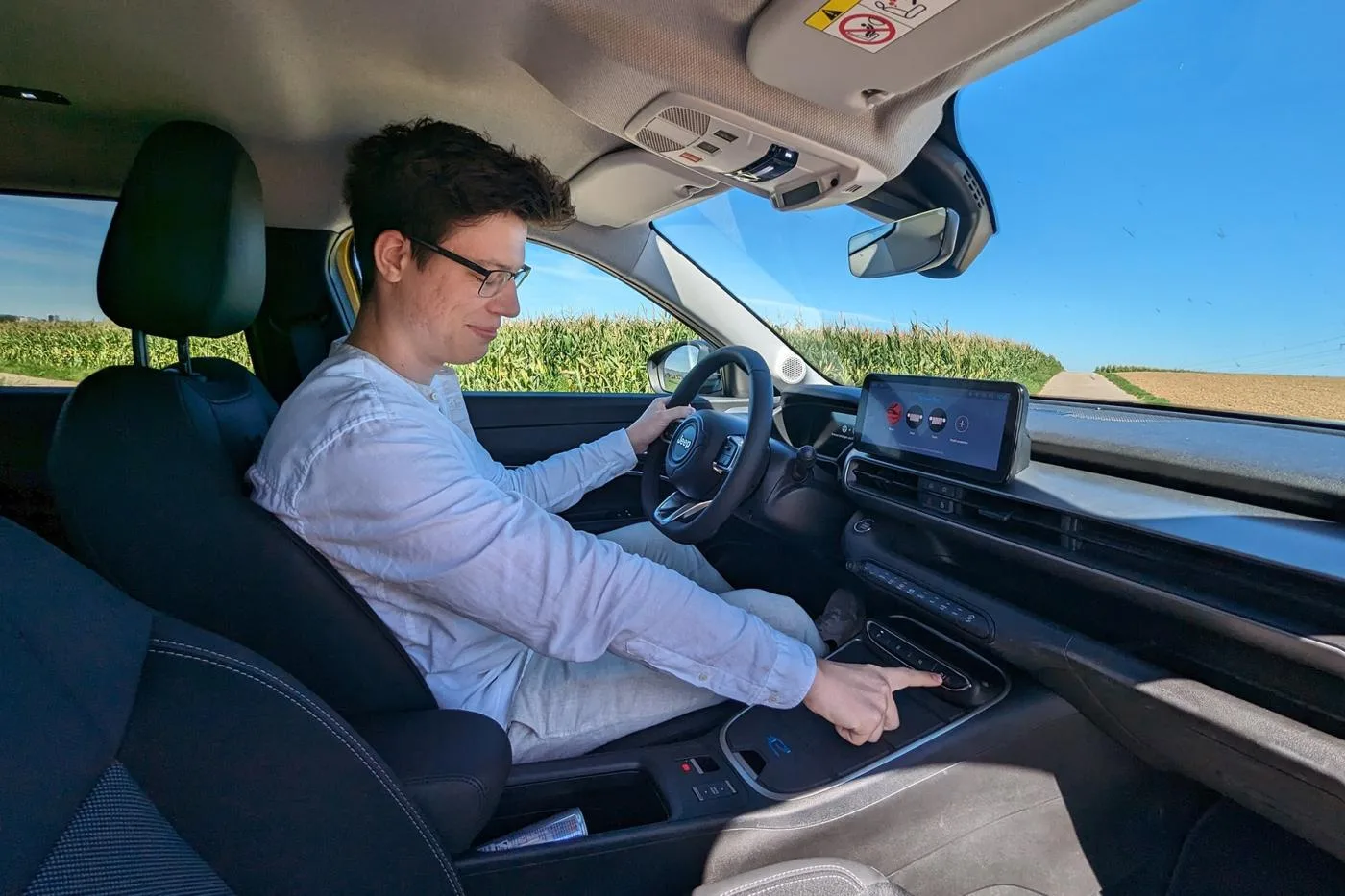
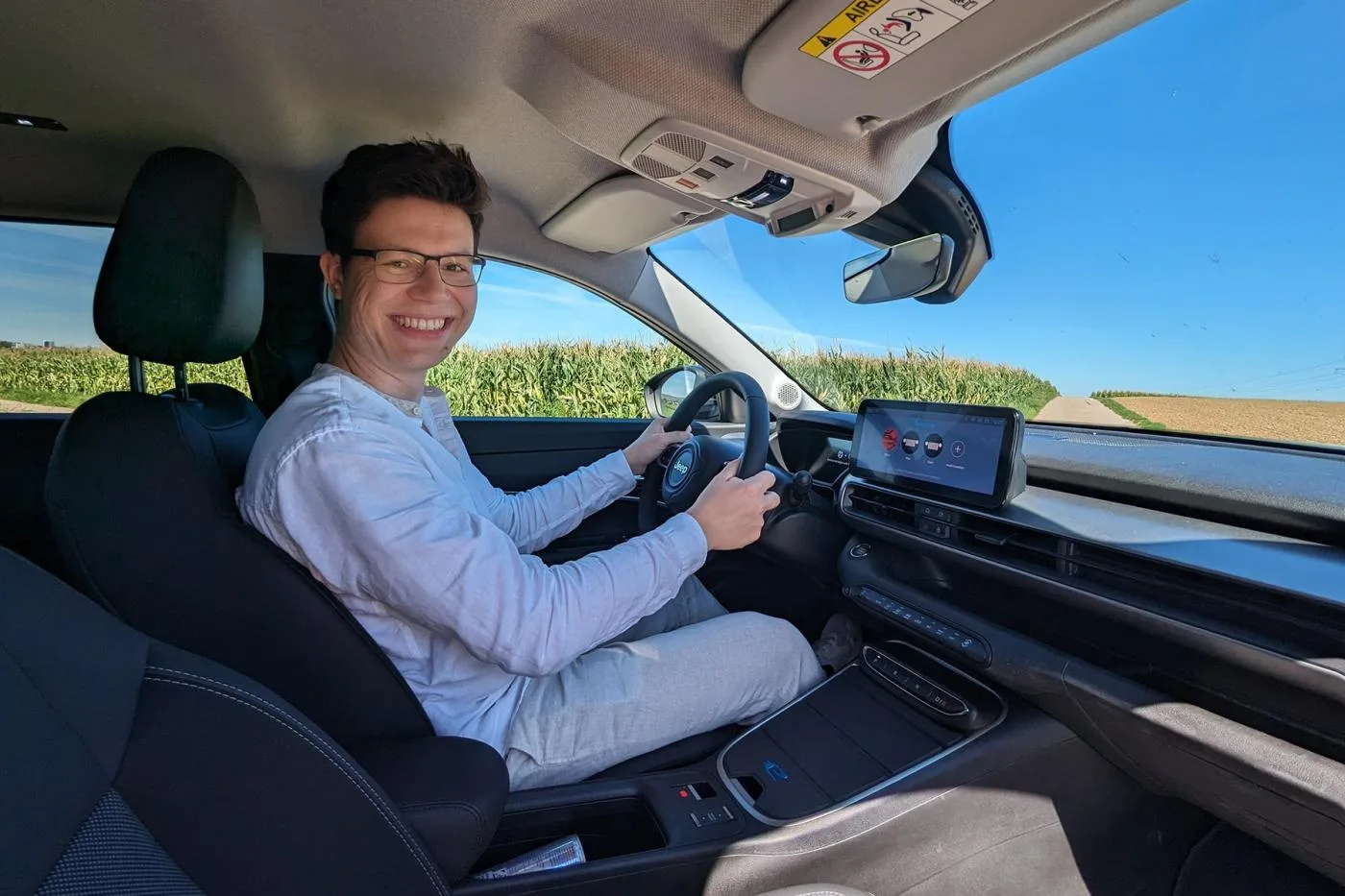
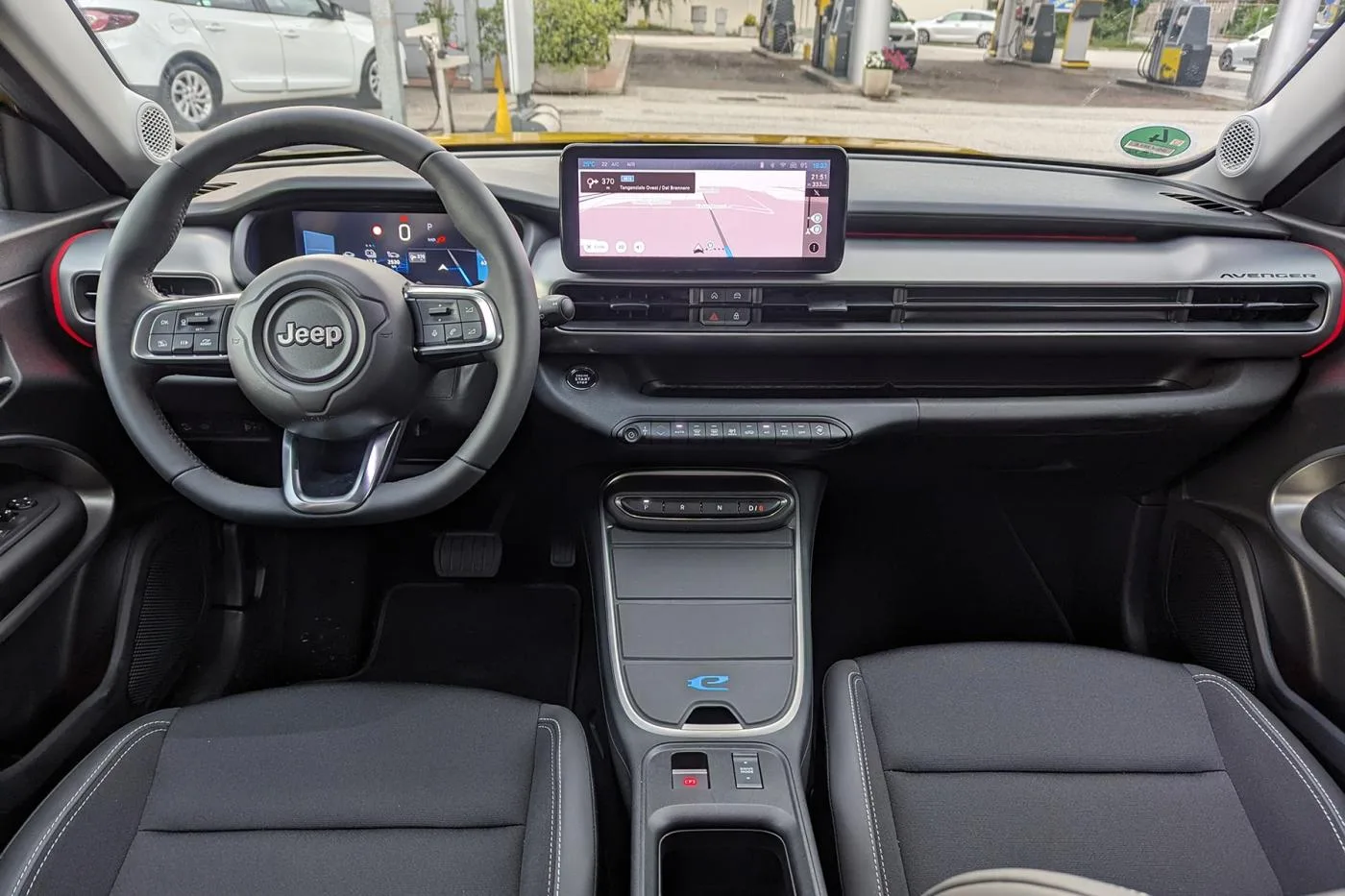
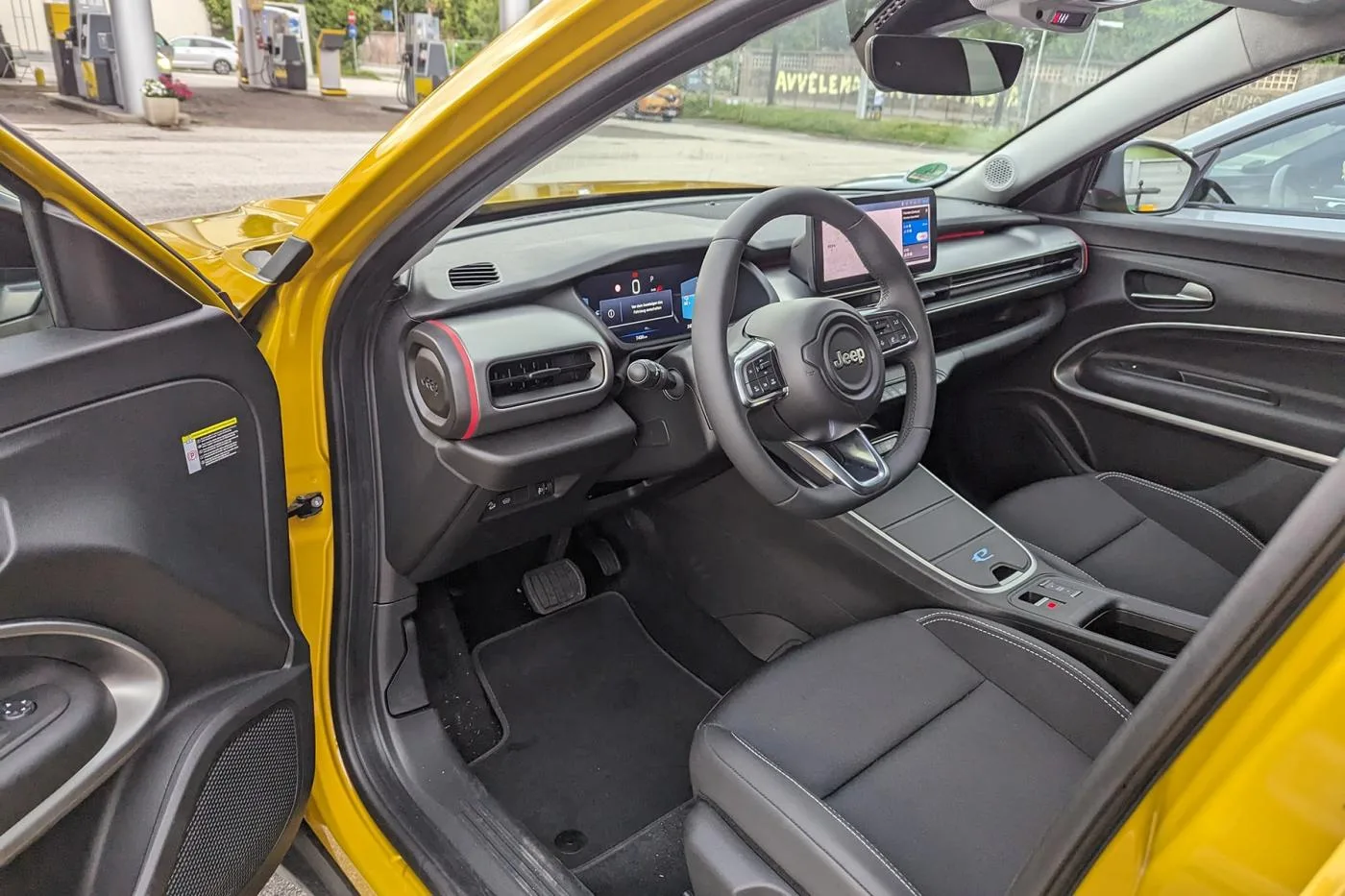

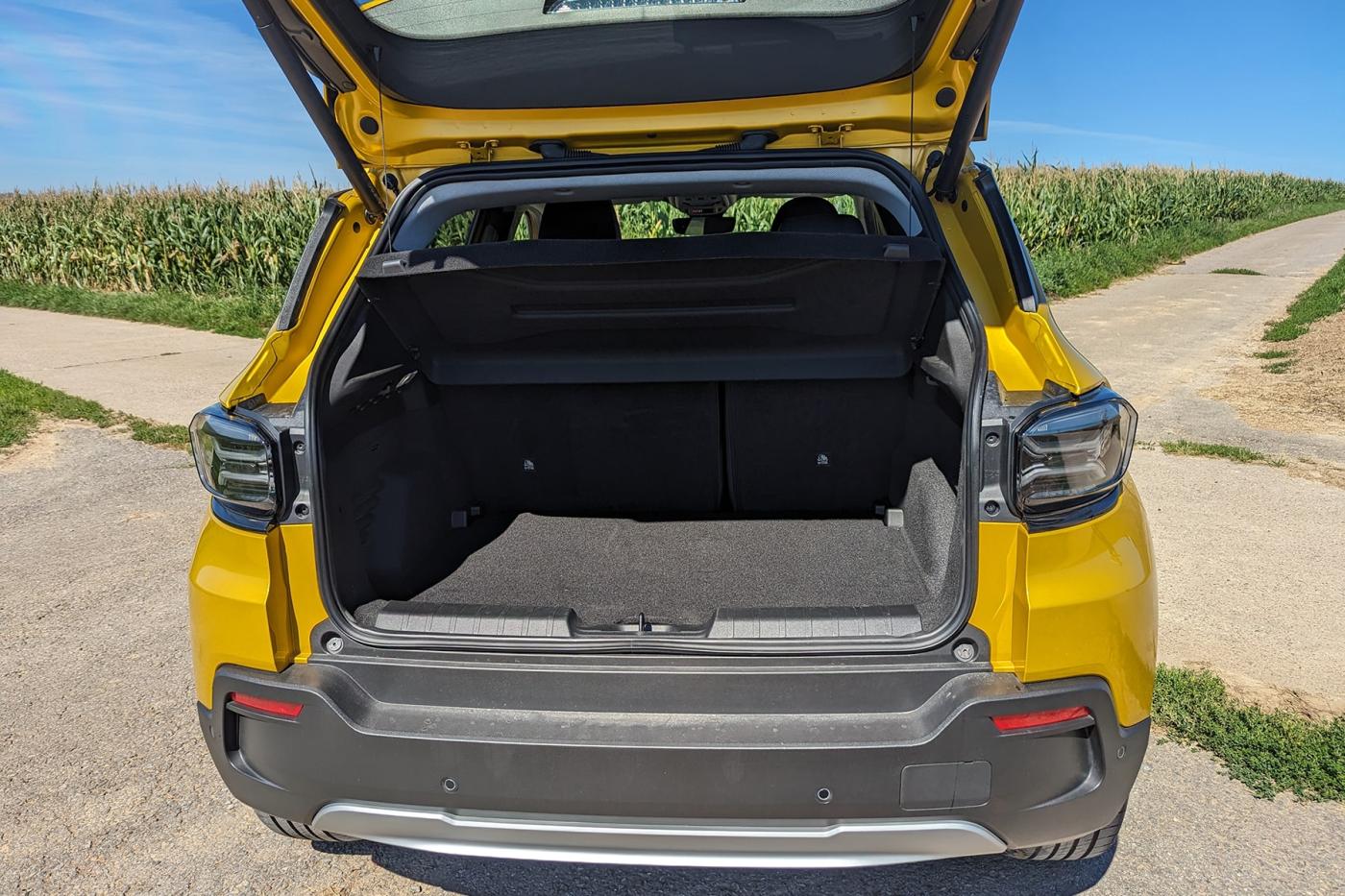
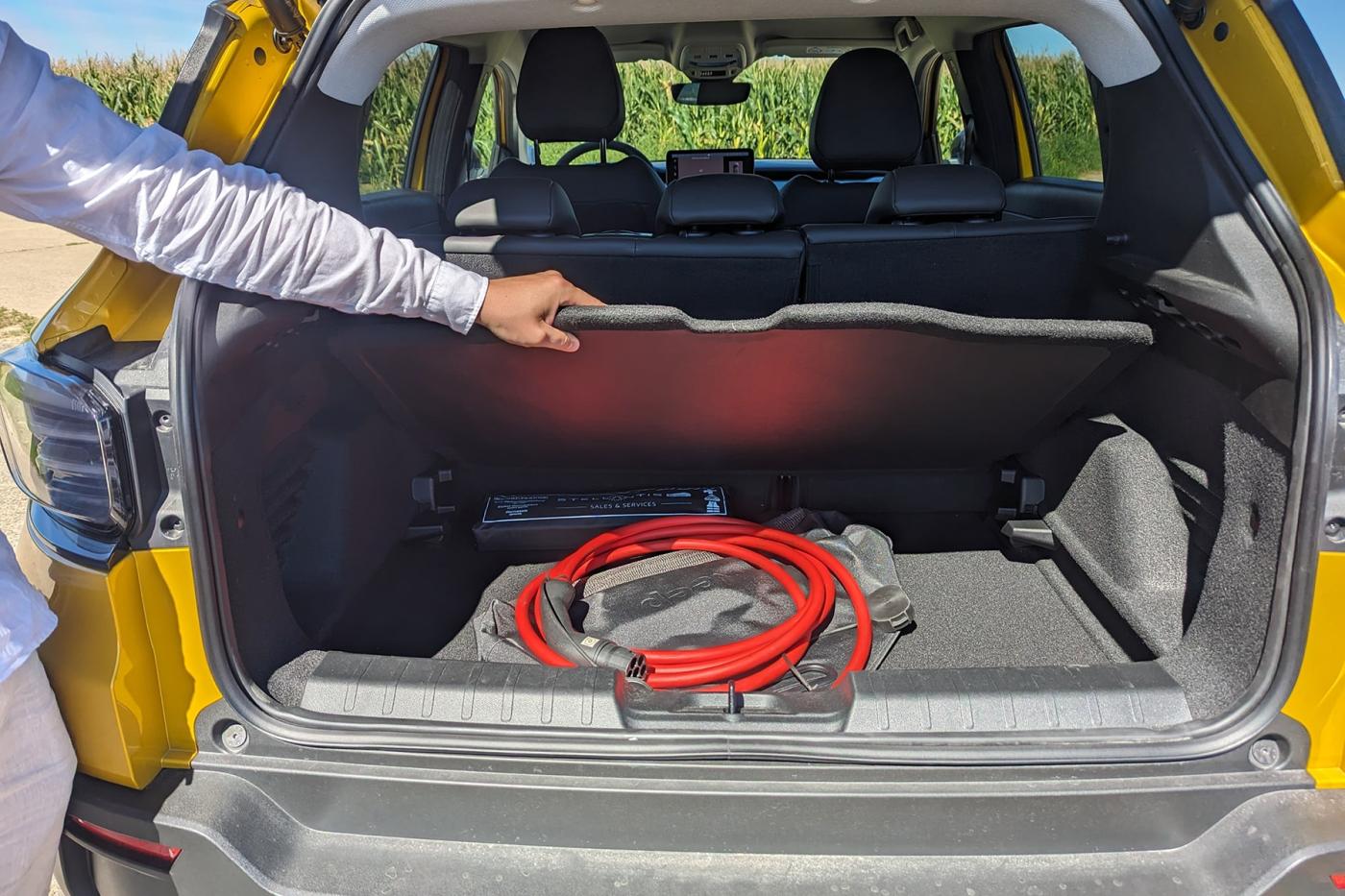
Less plastic, but still not premium
Much has changed on the interior compared to the earlier Stellantis vehicles. The build quality still has potential but is now quite appropriate for the class. New features include a larger centre console, USB-C ports and ambient lighting with many colour options. There are also more leather (-look) and soft-touch surfaces. Thus, hard plastic is no longer as dominant as in the Opel Corsa-e.
The seating position is very good for the driver and the front passenger. The steep windscreen and the high roof make for a very upright and comfortable seat. The rear seat and the luggage compartment (355 litres) are a little more cramped, but even that is within reason for such a compact vehicle (length: 4.08 metres). Unfortunately, the lack of a centre tunnel in the rear and a luggage compartment in the front (there would be room under the large bonnet for a frunk) show that the Avenger is still available as a combustion engine and that Stellantis has not yet dared to go all-out for the battery in this vehicle.
Infotainment improvements
The new navigation system is smoother and more usable on a larger screen, and it now finally supports Android Auto wirelessly. The menu structure is more straightforward, and there is finally a whole range of configuration options for both displays (speedometer and central). We particularly appreciated the possibility of displaying a split screen in the cockpit, for example, for a simultaneous view of the navigation map and consumption values.
Unfortunately, we searched in vain for a charge planner. But that may have been due to the lack of an online connection, which is also why the voice control did not work. Unfortunately, this also prevented us from testing the OTA updates.
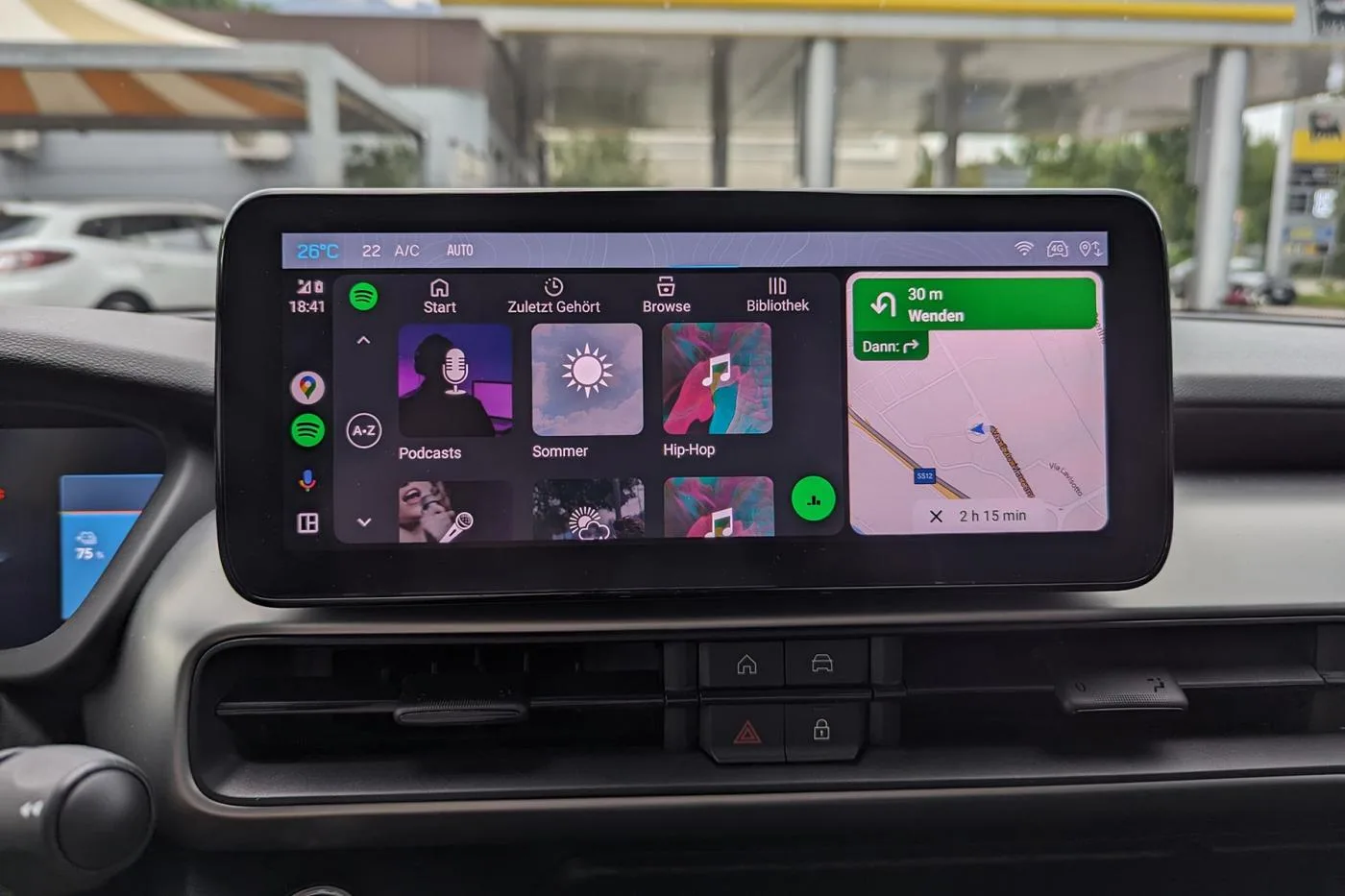
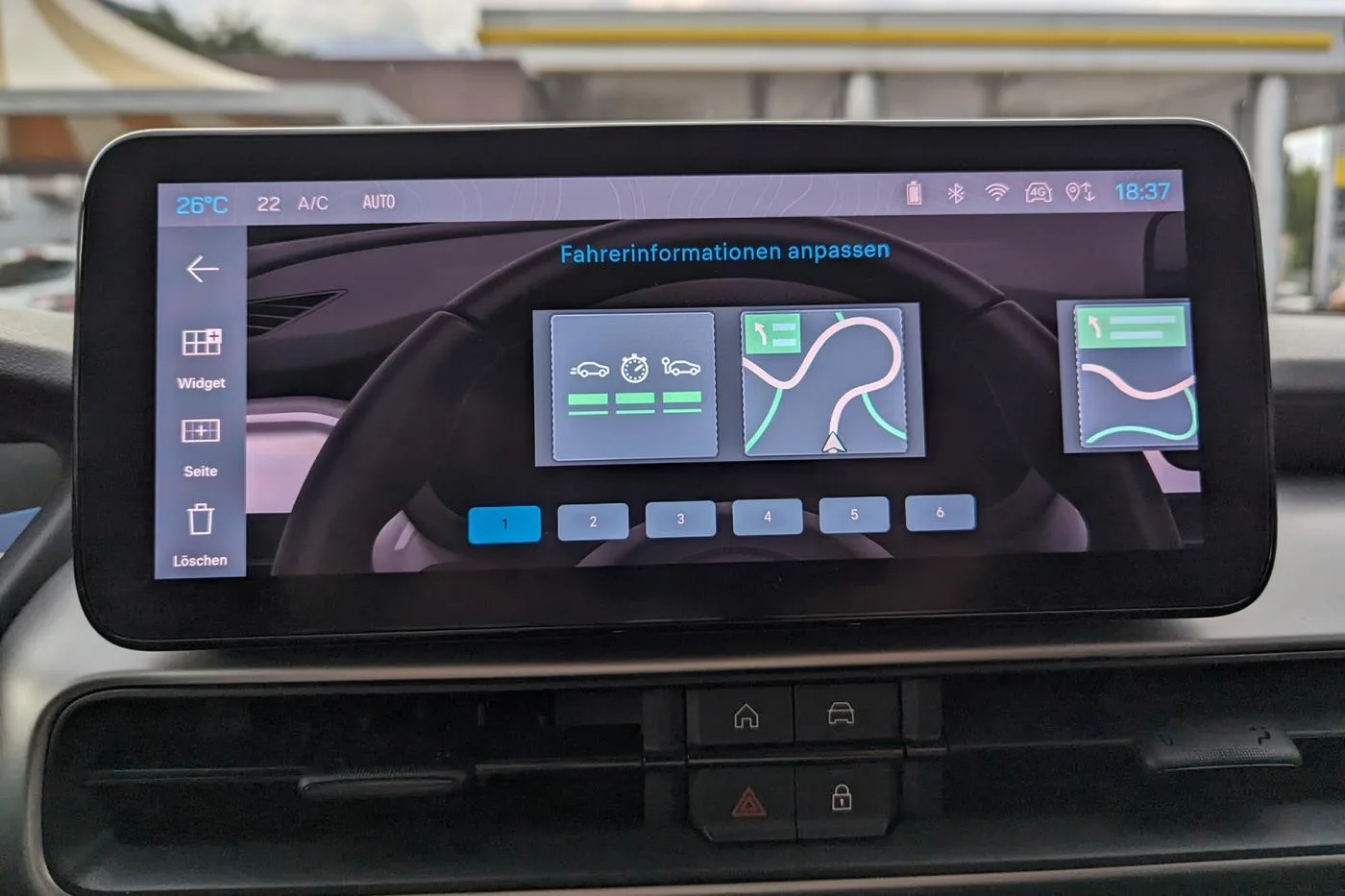
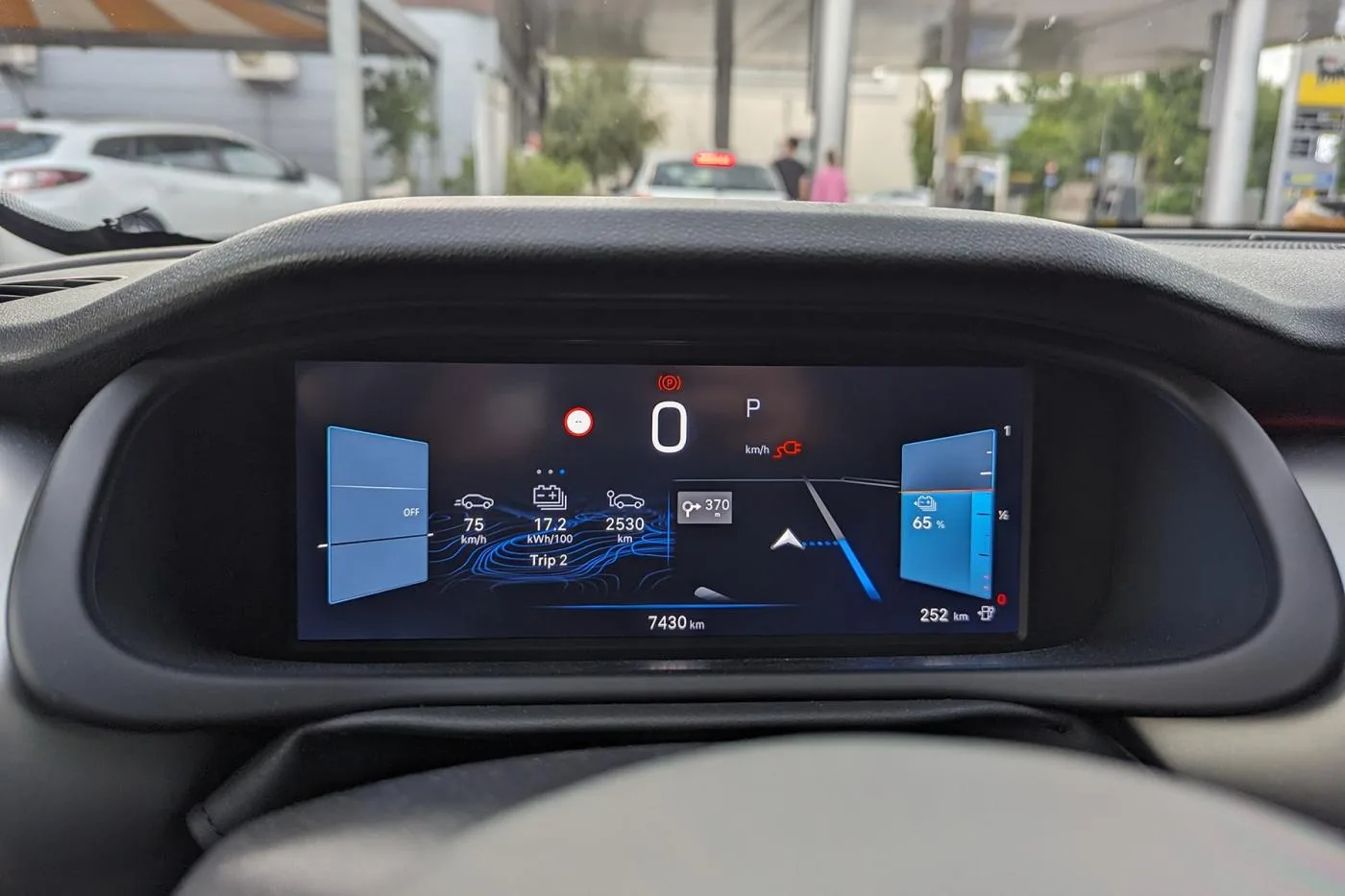
As part of an OTA update, perhaps the indicator tone, which takes some getting used to, could also be changed. It sounds more like a beatbox than a turn signal. The sound quickly becomes annoying, especially when standing at traffic lights for a long time or waiting with the hazard lights on.
Charging and consumption
The car starts off quite well at the fast-charging station with up to 106 kW. From 2 to 80 per cent, the average charging power is 73 kW, and the 80 per cent charge takes 35 minutes. That’s perfectly fine, as most other BEVs take the same amount of time to charge.
After 3,545 kilometres, fuel consumption was 17.5 kWh/100 km. With a net capacity of 51 kWh, that corresponds to a practical range of 290 kilometres. That is also quite acceptable – especially considering the shape of the body. Although the Jeep is compact, its boxy front is not exactly aerodynamic.
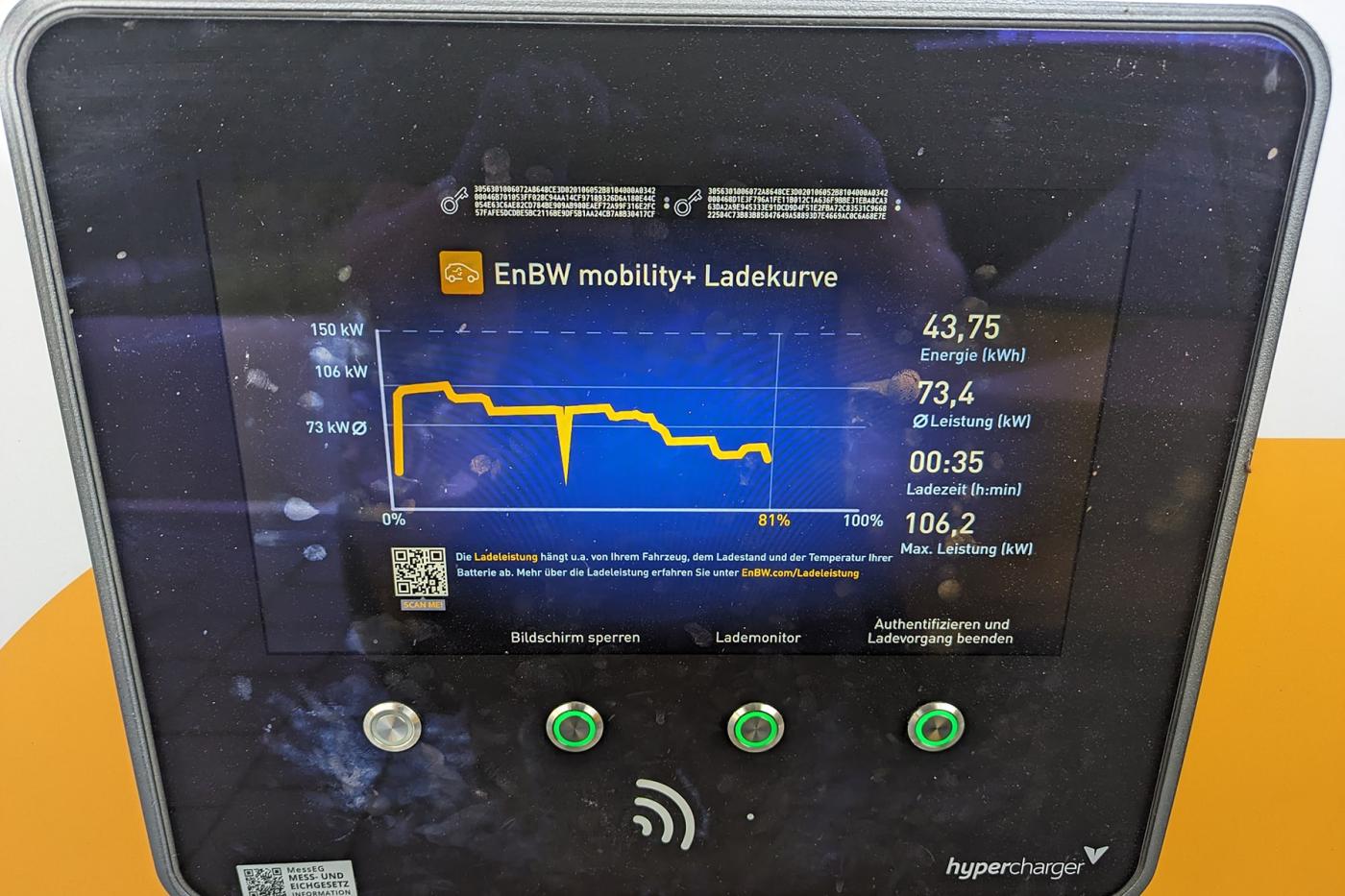
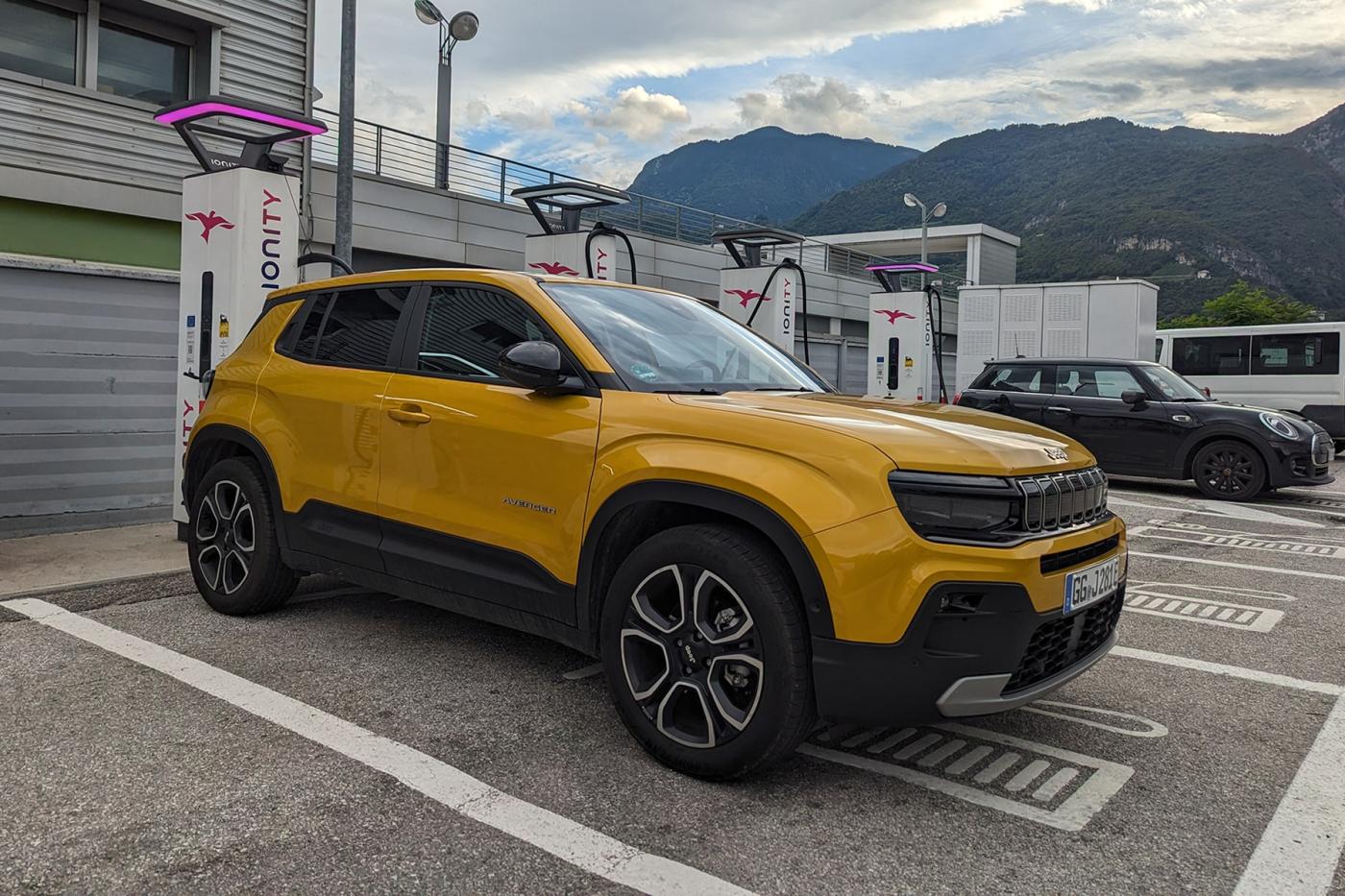
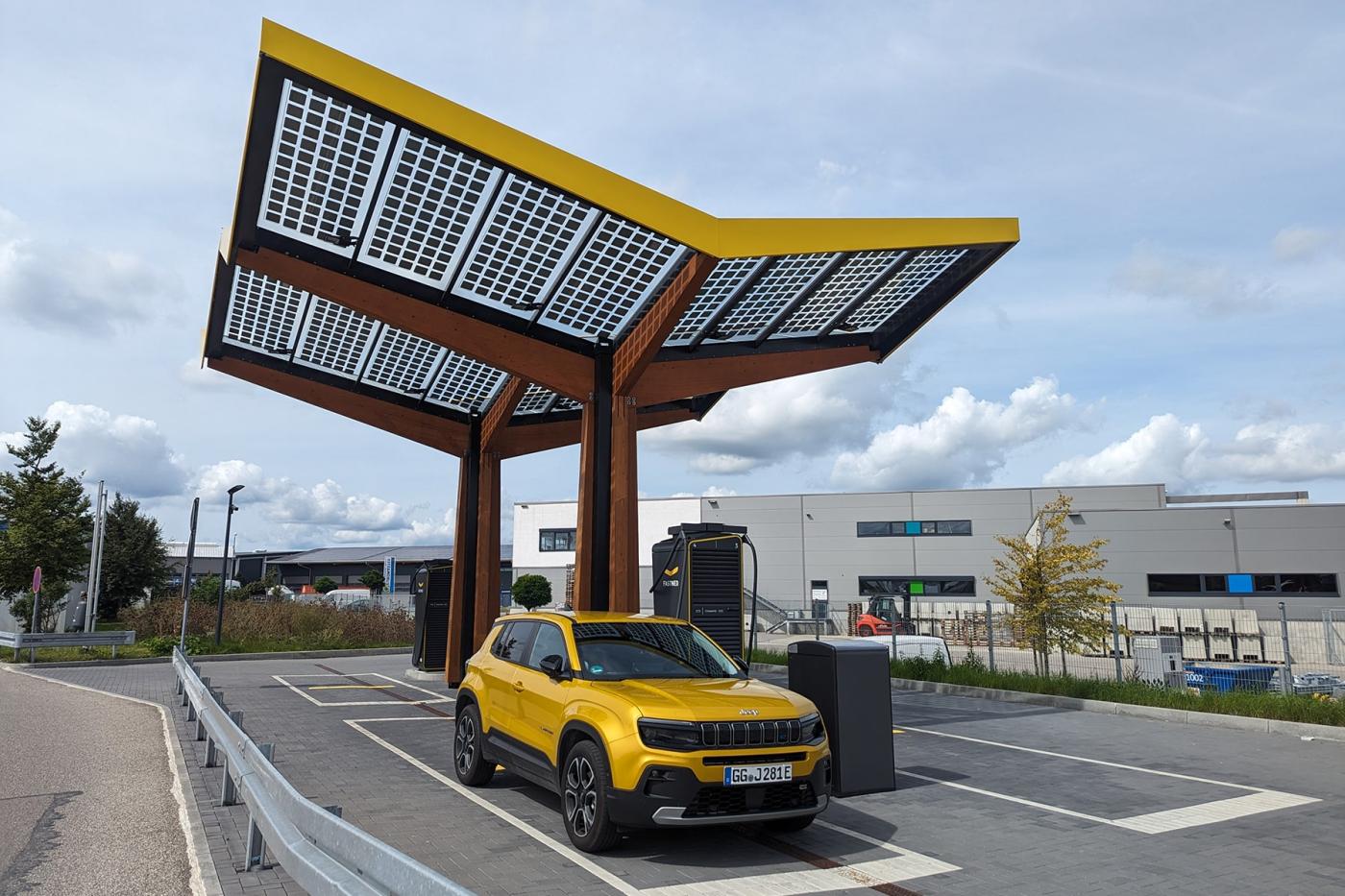
Unfortunately, charging time and range mean we have to charge 35 minutes after 200 to 220 kilometres on long journeys. The full range is difficult to use because charging from 80 to 100 per cent takes another 50 minutes, which is above average.
On a positive note, fuel consumption in urban areas was at least 13 kWh/100 km, corresponding to a real range of 390 kilometres. However, at maximum speed and 30 kWh/100 km, it is already over after 170 kilometres. Nevertheless, the new 115 kW drive is much more economical than the 100 kW unit used in earlier Stellantis models.
Driver assistance systems: highs and lows
Whereas the lane departure warning system in the old Opel Corsa-e often failed, it does a solid job in the Avenger on well-marked and not-too-curvy roads. And that is a real relief on longer journeys. On the motorway, you are thus occasionally tempted to take your hands off the steering wheel – which the Avenger quickly notices and prohibits.
On the other hand, the lane departure warning is unfortunately still annoying; on poorly marked country roads, it intervenes almost permanently, and unfortunately, it can only be deactivated until you start the vehicle up again for the next leg of your journey. Especially outside the perfectly marked roads in Germany or Northern Europe, an option to permanently switch off this correction would be beneficial.
Who is the baby Jeep for?
Although the new Stellantis drive is much more efficient than in the earlier vehicles, the Avenger’s range and charging power make it only partially suitable for long journeys. Even being able to charge faster would only change that to a limited extent. 4.08 metres is simply not enough space for a family with luggage.
The car is thus probably most attractive for young people or couples who do not have to accommodate children and can stand at the charging station for 10 minutes longer during a holiday trip. Regardless of the target group, the days when electric second cars were limited to a radius of 100 kilometres around the home wall box charger due to lack of range are over. If you have a little time, you can cover longer distances.
Conclusion: Stellantis is on the right track
The Jeep Avenger shows that the current dismissals of the European car industry are way off the mark. It is perfectly possible to produce volume electric vehicles in Europe that do not have to hide behind the competition from China. They won’t be the technological spearhead but will be a complete package for the masses who want to drive electric cars easily and economically.
It is important now that Stellantis, and Jeep in particular, do not rest on their electric laurels but follow up quickly on the Avenger. Charge times should be further reduced, and range should be increased. Then, the goal of selling only BEVs in Europe by 2030 may be achieved.

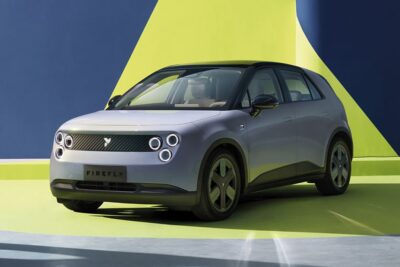
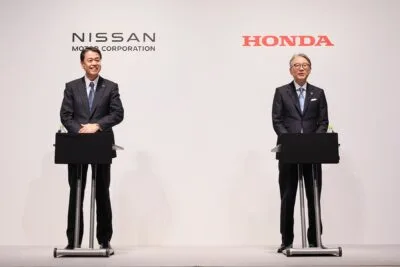

2 Comments